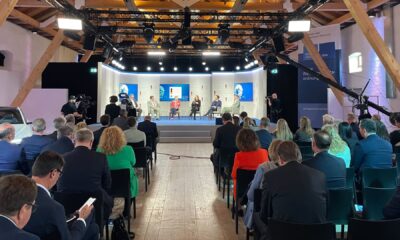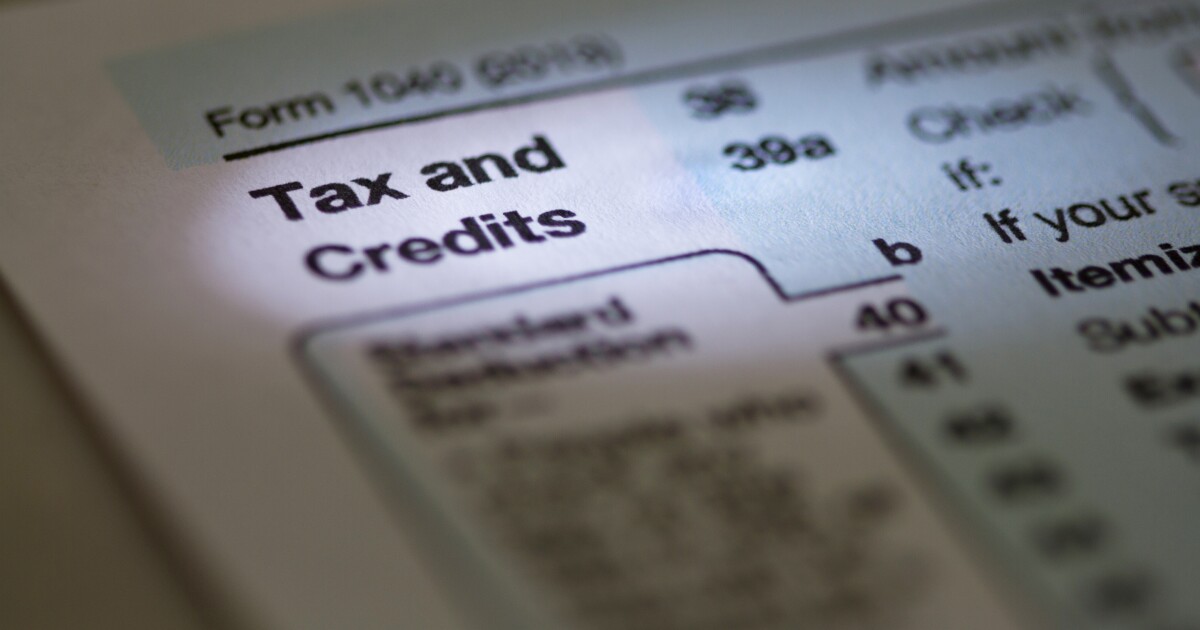In an ideal world, your general ledger is streamlined, automated, and error-free financial reconciliations. Yet, in reality, when it comes to reconciling, most accountants still find themselves defaulting to Excel.
Despite advancements in technology, reconciling accounts within GL platforms remains tedious, error-prone, and inefficient. So, why does this persistent gap exist? One fundamental issue with GL software reconciliations is rigidity.
Most current accounting software platforms tout flexible integrations and streamlined processes, but their reconciliation functionalities often require precise matching criteria that don’t reflect real-world complexity. More specifically:
- Transactions rarely fit neatly into a software’s predefined rules.
- Slight differences in dates, amounts, or descriptions can cause automated reconciliation to fail, forcing accountants into manual troubleshooting.
- The rigidity extends further into how software platforms handle discrepancies.
- Even minor mismatches can cause automated systems to reject otherwise legitimate matches.
What happens is that instead of quickly isolating issues for rapid correction, accountants frequently must comb through lengthy lists of exceptions, trying to manually align what the software could not. This, in turn, diminishes the intended efficiency benefits of utilizing software for this monthly close process.
Moreover, the reconciliation tools embedded within most GL software platforms are often limited in their ability to handle the granular, nuanced requirements of real-world financial reconciliations. A single bank statement or credit card reconciliation can encompass hundreds of transactions—many of which might not follow identical patterns month-over-month. So, while software vendors advertise their “sophisticated matching algorithms,” in practice, accountants find these to be insufficiently adaptable for varying business contexts.
Another factor exacerbating the frustration is the lack of clarity and transparency within reconciliation modules. Accountants frequently complain about opaque error messages and unclear reconciliation statuses.
When software returns vague descriptions like “transaction mismatch,” without indicating precisely what or why a mismatch occurred, the burden shifts entirely back onto accountants to investigate manually. All of these issues consistently drive accountants back to Excel for month-end bank reconciliations, the tried-and-true method.
Like it or not, Excel remains popular because of its flexibility, control, and familiarity. Accountants can quickly manipulate data, adjust matching criteria on the fly, and clearly document exceptions.
Excel’s versatility allows for bespoke solutions, something software programs rarely achieve. Accountants can pivot quickly, crafting formulas tailored to their unique reconciliation needs, free from the constraints of software-imposed rules.
However, relying heavily on Excel brings its own issues, including increased risk of errors from manual data handling, difficulty in collaboration, and challenges in auditability and traceability. Spreadsheets, while flexible, are notoriously prone to human mistakes.
Copying errors, incorrectly entered formulas, and data integrity problems are common risks associated with manual Excel reconciliations. So why do so many accountants still swear by it? The flexibility saves more time than the automation.
The reality is, in 2025, there remains a significant gap in general ledger software: the human factor. Reconciliations are inherently nuanced tasks requiring professional judgment, something no algorithm can entirely replicate.
Yet, instead of supporting this human element, most GL reconciliation tools limit it. Software solutions that fail to embrace the complex, adaptive nature of human decision-making inevitably push accountants toward manual alternatives.
The solution, therefore, is not simply better automation, but smarter automation that’s compatible with human judgment. Software should empower accountants, rather than constrain them, blending automated suggestions with easy, intuitive ways to adjust criteria.
Sure, some forward-thinking accounting software providers are beginning to recognize the inefficiencies of over-automation. Emerging platforms incorporate machine learning techniques that dynamically learn reconciliation patterns, accommodating slight variations without rejecting valid transactions. Interfaces are starting to provide greater transparency and ease of use, helping accountants quickly understand and address discrepancies within the software itself.
And while we still have a ways to go, the future of GL reconciliation software is promising. The providers who prioritize user-friendly, transparent, and flexible reconciliation tools will be those who finally persuade accountants to fully adopt in-app reconciliations, transforming the reconciliation process from a burden into a genuinely streamlined activity.


 Economics1 week ago
Economics1 week ago
 Economics1 week ago
Economics1 week ago
 Personal Finance7 days ago
Personal Finance7 days ago
 Economics6 days ago
Economics6 days ago
 Personal Finance1 week ago
Personal Finance1 week ago
 Economics1 week ago
Economics1 week ago
 Economics5 days ago
Economics5 days ago
 Personal Finance1 week ago
Personal Finance1 week ago











